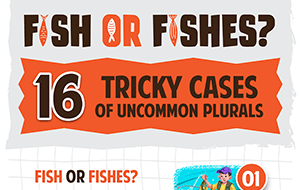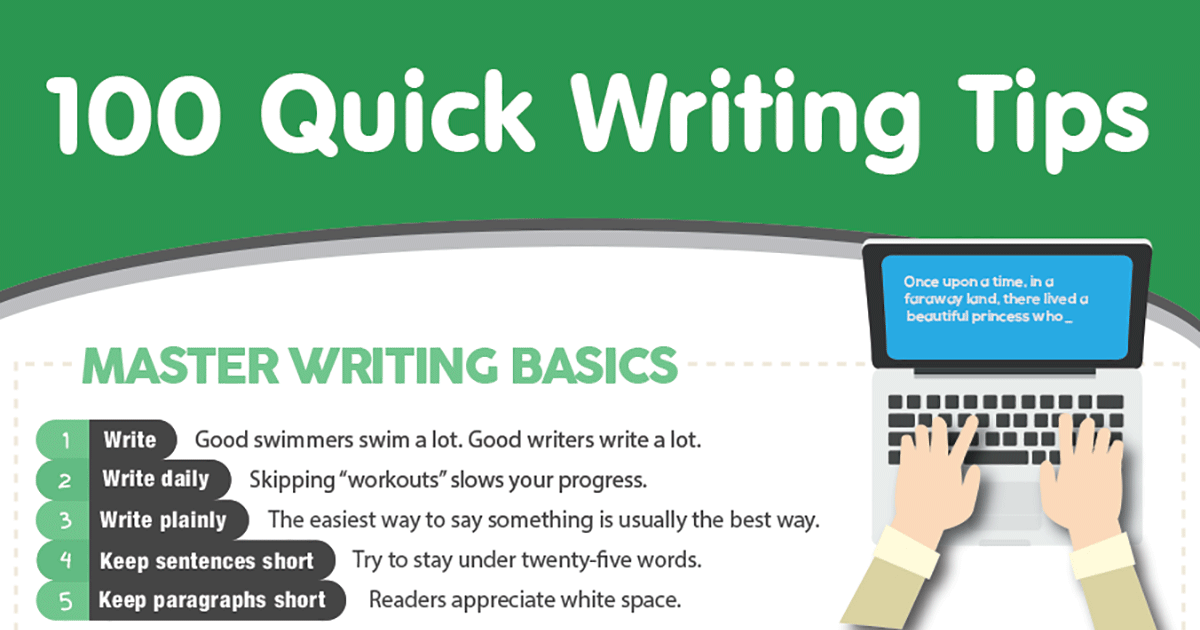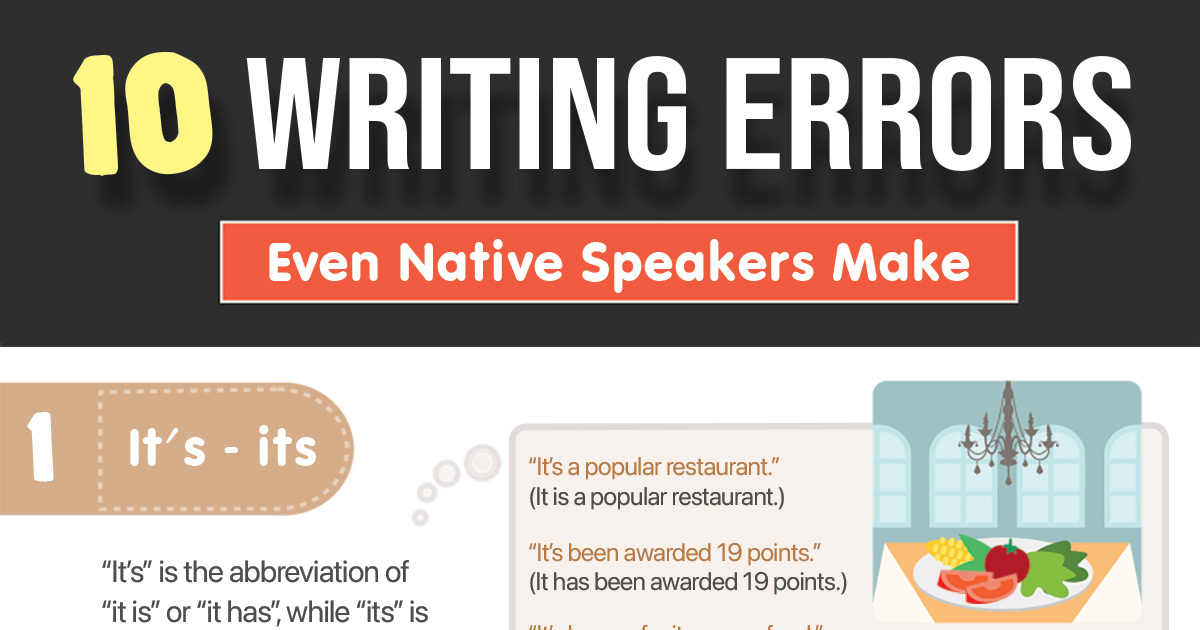 "Oh those horrid tenses," I hear you cry. We feel your pain. But bear with them and persevere because tenses form the crux of the English language and we just can’t do without them. Trying not to confuse you any further than you probably are already, this post is designed to help you get a grasp on the tenses and improve your grammar.
"Oh those horrid tenses," I hear you cry. We feel your pain. But bear with them and persevere because tenses form the crux of the English language and we just can’t do without them. Trying not to confuse you any further than you probably are already, this post is designed to help you get a grasp on the tenses and improve your grammar.
Modern English has six tenses. The first three tenses are the most commonly used and easy to define: past, present, future. Here is how they are used:
- Past: Yesterday I shopped.
- Present: Today I shop. Today he shops.
- Future: Tomorrow I shall/will shop.
The remaining three tenses are perfect, pluperfect, and future perfect. These are formed with helping verbs have, has, and had. These three are a little harder to grasp, and we suggest getting to grips with past, present and future first before graduating to these next three.
Perfect: This tense is used to express an event that has just finished, and to describe an event which, although in the past, has effects that continue into the present. She has been a lawyer for 25 years.
Pluperfect (past perfect): This tense is used to express an event that took place before another action, also in the past.
I had driven all the way to Alabama when I realized I’d passed my destination 3 hours ago.
Future perfect: This tense is used to express an event that will have taken place at some time in the future.
As of March 19, I shall have been in this house eight years.
To get to grips with tenses and etch each one firmly in your memory, practice once tense a day for 2 weeks (you can have a day off on Sunday). Write 10 sentences in one tense per day. Before you know it you will be using tenses fluently.












